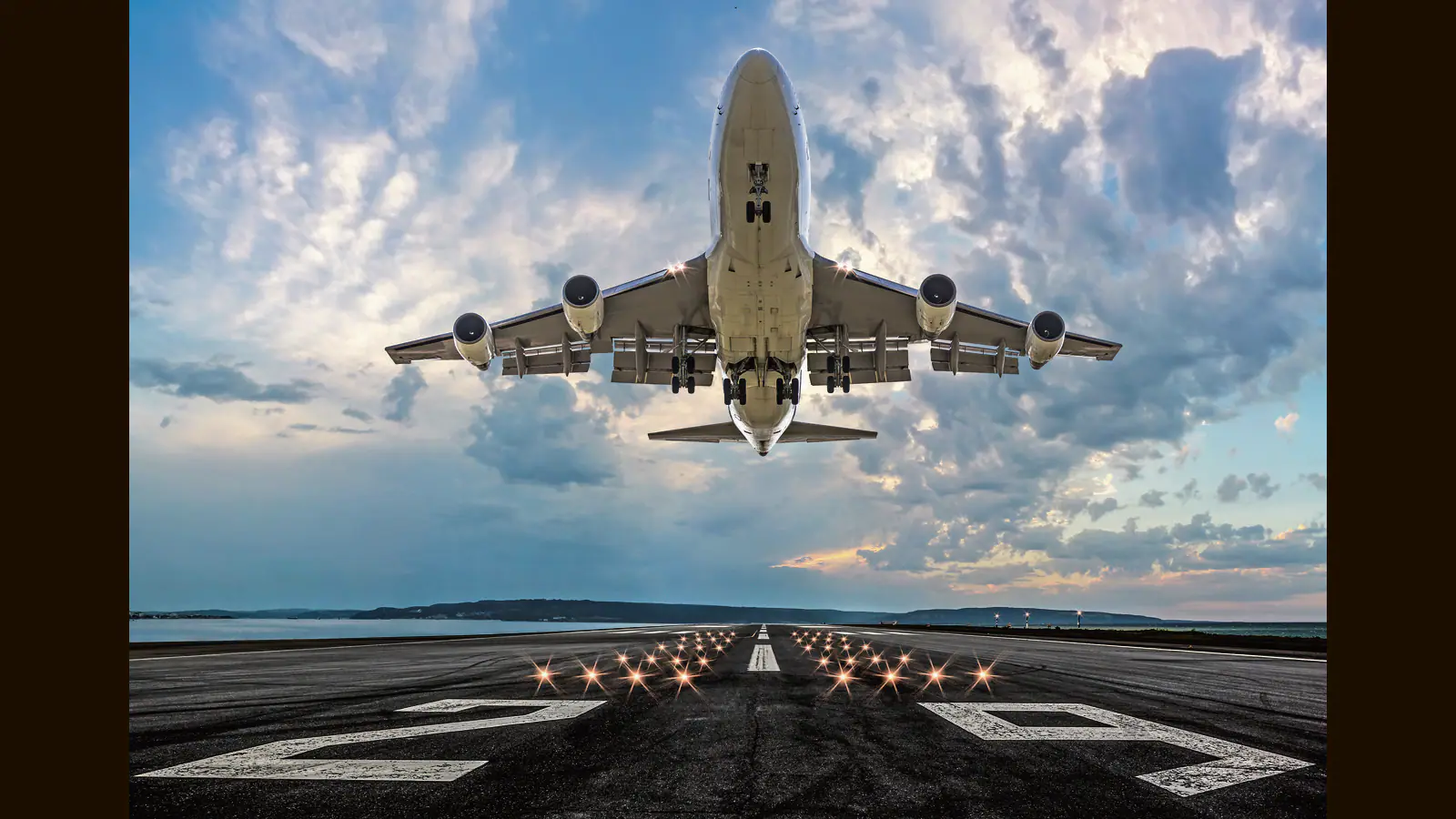India’s aviation sector posted a robust 20.6 per cent year-on-year increase in total air passenger traffic from April-October 2023, exceeding the pre Covid years, driven by economic growth, enhanced domestic and global connectivity, increase in urbanisation and a growing middle class. Indian airlines have placed the largest fleet order globally and the commercial fleet is expected to increase to 3,500 by 2047 as India looks at the vision of making India as the largest aviation market by the year 2047. In contrast, the global air passenger traffic is expected to recover to pre covid levels by the year 2024, emphasizing the robust growth trajectory of the Indian aviation market. With 517 routes by November 2023, strategic initiatives such as UDAN (Ude Desh ka Aam Nagrik) scheme, has benefitted more than 131 lakh passengers on more than 250,300 flights, as per a FICCI-KPMG report on the Indian Civil Aviation industry released by Jyotiraditya M Scindia, Minister of Civil Aviation and Steel during the inauguration of ‘Wings India 2024’ organised by the Ministry of Civil Aviation along with Airports Authority of India and FICCI. The report pegs growth of total air passengers in 2047 to more than six-fold to around 1.3 billion. Remi Maillard, Chairman FICCI Civil Aviation Committee and President & Managing Director, Airbus (India & South Asia) has outlined plans to increase its purchases from India to USD 1.5 billion, doubling the current procurement value, as per various reports. Giving a strong boost to the aviation industry, Prime Minister Narendra Modi inaugurated the new state-of-the-art Boeing India Engineering & Technology Centre (BIETC) campus in Bengaluru, built with an investment of Rs 1,600 crore. The 43-acre campus is Boeing’s largest such investment outside the USA and is aimed to serve as a hub for innovation and drive advancements in aviation. Asia’s largest event on civil aviation encompassing commercial, general and business segments ‘Wings India 2024’, saw the launch of new UDAN 5.3 scheme, the Airbus-Air India Training Centre, Airbus manufacturing contracts with TATA ASL and Mahindra Aerospace Structures to foster more pilots as well as GMR and IndiGo signing a consortium to collaborate with multiple patterns in developing sustainable training in the aerospace industry. With accessibility, availability and affordability defining India’s civil aviation perspective to the world, India is expected to grow to 300 million domestic passengers by 2030 and would still be one of the most unpenetrated markets in the top 20 world markets, according to Scindia. “India has become a shining star in the aviation landscape. India is the 7th largest civil aviation market in the world and if we consider both the domestic and international passengers, we stand as the 5th largest,” said Scindia. Hyderabad too has become a hub for wings and global civil aviation and Telangana is the fastest growing state in civil aviation with a thrust on aviation and aerospace. To enable last mile connectivity, under UDAN 5.3, five new regional airlines, air taxi, etc. have been set up. Positioning India on the path of becoming the drone hub of the world, 10,000 women drone pilots would be covered under the government sponsored scheme. The Telangana Government was focusing on setting up a helipad in each district and heli-tourism in Hyderabad and Vemulawada. Programmes like Digi Yatra are bringing significant changes within the aviation landscape alongwith drone rules, FTO guidelines, while tax reforms in maintenance, repair and overhaul (MRO) and aircraft leasing are driving new businesses and growth. The tax structure for aviation turbine fuel (ATF) is being aligned with leading global jurisdictions, bringing a more supportive environment for overall growth for the Indian aviation sector. Many Indian states have proactively reduced VAT4 on ATF to 1-4%, thus supporting in strengthening the overall airline economics.
The scale and magnitude of Boeing’s new technology campus is expected to inject a strong momentum to India’s industry and aviation market of the world. The facility demonstrates India’s commitment to drive global tech, research, innovation, design and demand and strengthens the ‘Make in India-Make for the World’ resolution. Boeing intends to make the campus into one of the most cutting-edge examples of Prime Minister Modi’s self-reliant India initiative, according to Stephanie Pope, COO, Boeing Company who lauded the focus on growth of the aviation sector in India and the availability, depth of talent and capability in India which has become the world’s third largest aviation domestic market. In a decade, the number of domestic passengers has doubled with schemes like UDAN playing a big role and this has resulted in new orders of fleets by India’s airlines giving new impetus to the global aviation sector
India’s passenger traffic surpasses pre-COVID levels with 20.6% YoY Growth
- Advertisement -

